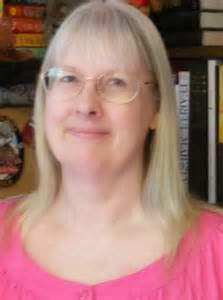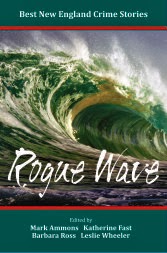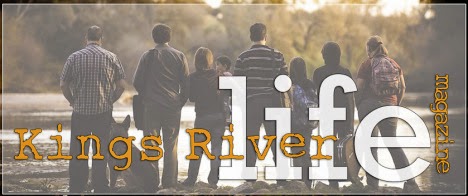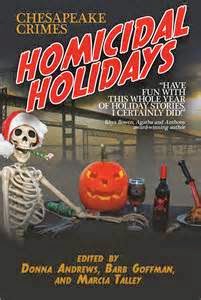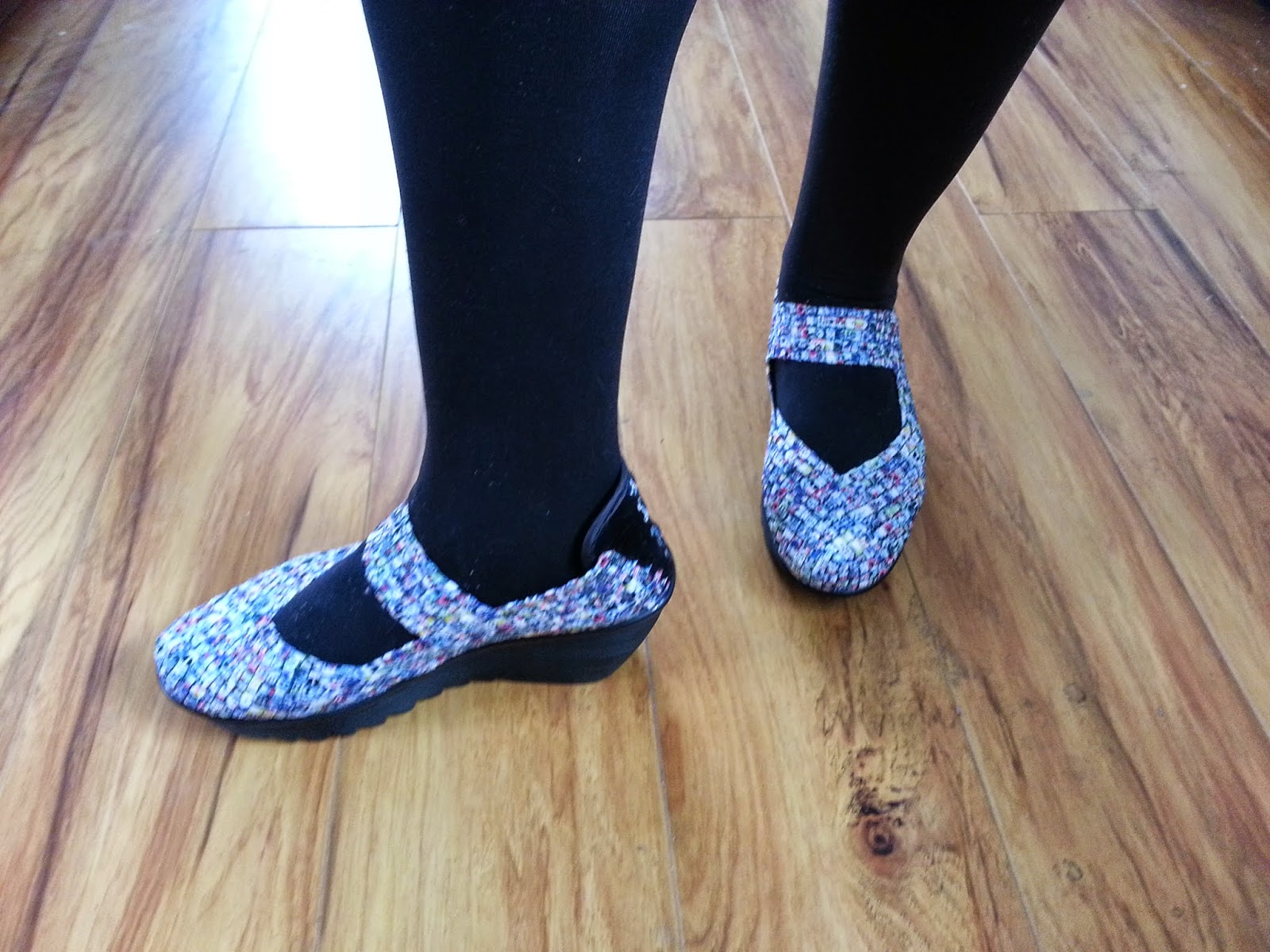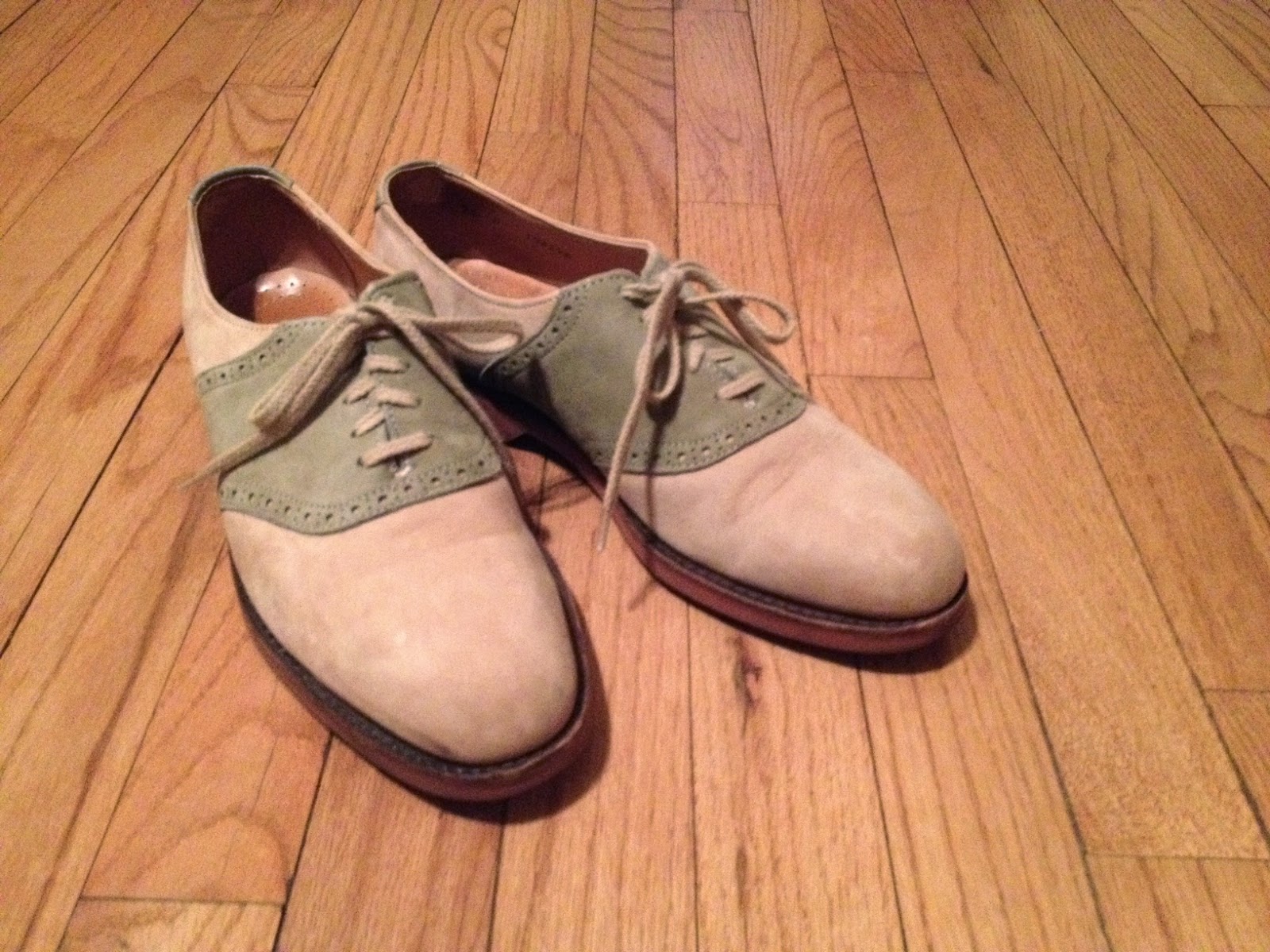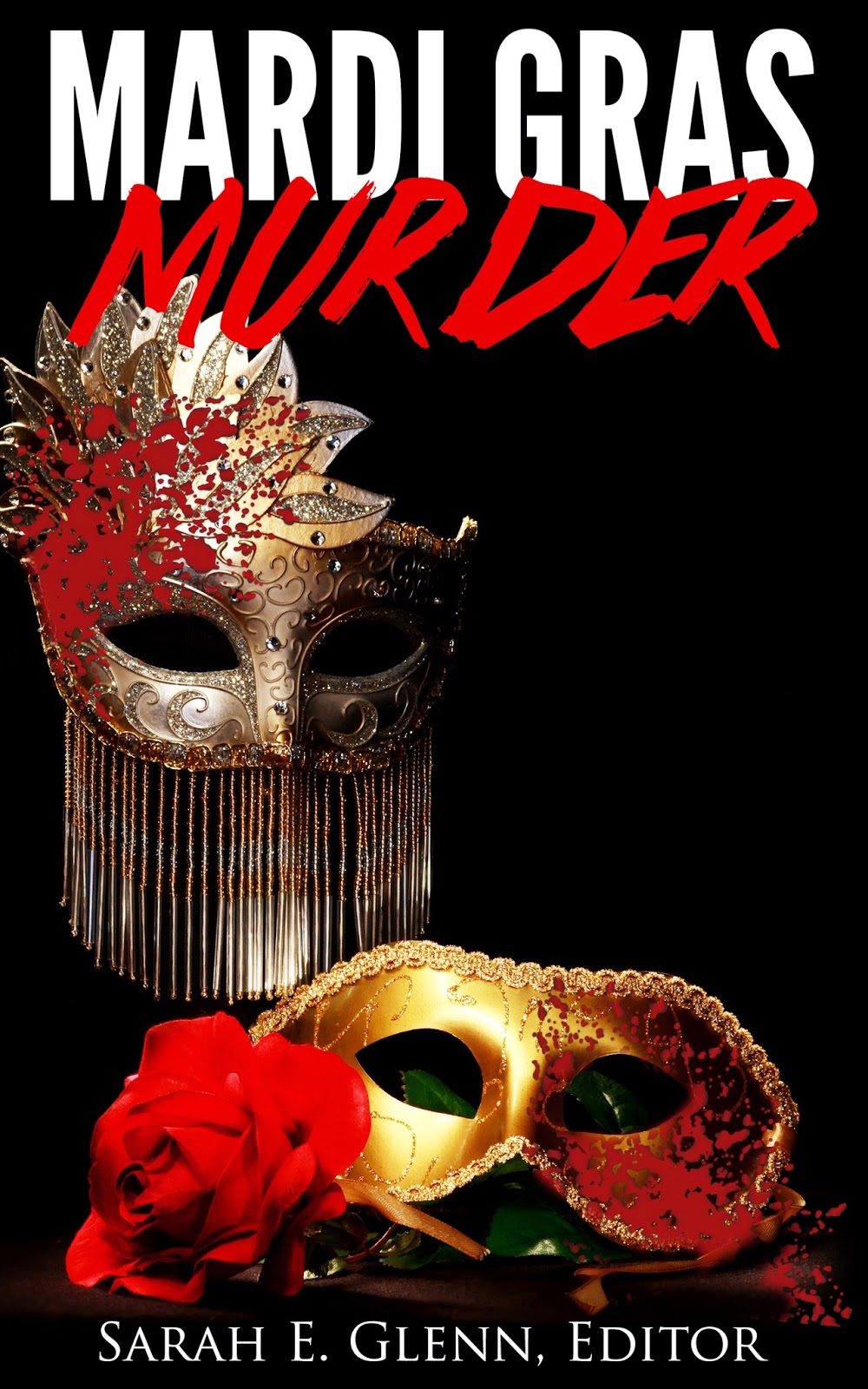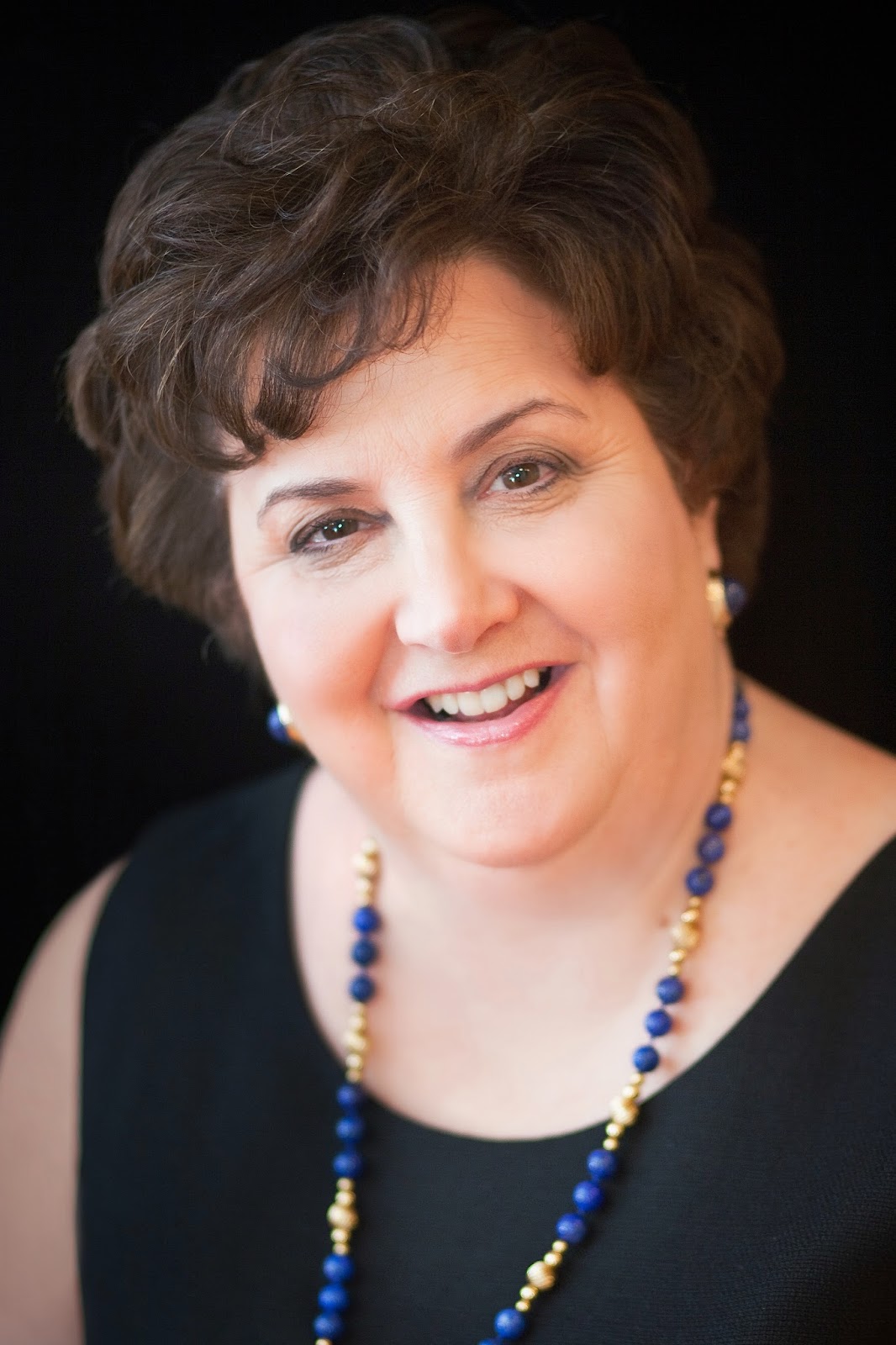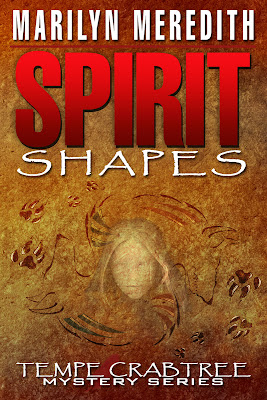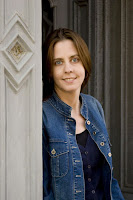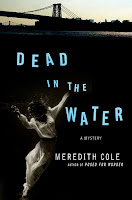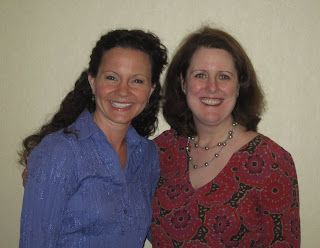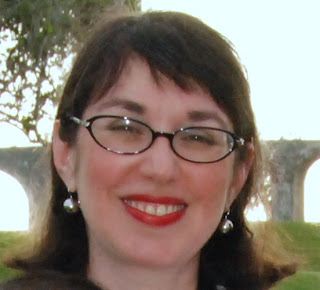Meet the Authors of the 2014 Agatha Best Short Story Nominees!
year at Malice Domestic, writing excellence is recognized by the Agatha awards.
This year’s nominees for Best Short Story are:
Witch” (PDF)
by Kathy Lynn Emerson, Best New England Crime Stories 2015: Rogue Wave
(Level Best Books)
Desserts for Johnny” (PDF) by Edith Maxwell (Kings River Life Magazine)
Shadow Knows” by Barb Goffman, Chesapeake Crimes Homicidal Holidays
(Wildside Press)
“The
Odds are Against Us” (PDF) by Art Taylor, Ellery Queen Mystery Magazine, Nov.
2014
Chesapeake Crimes Homicidal Holidays (Wildside Press)
enjoy the opportunity to read these stories, if you haven’t already. We are so
fortunate to have with us today Kathy Lynn Emerson, Edith Maxwell, Barb Goffman, and Art Taylor. All are not
only fabulous writers, but also delightful people. Thanks, Kathy, Edith, Barb,
and Art, for stopping by to share your work and thoughts with us!
novel writing?
harder. In quite a few cases, it took me longer to finish a short story than it
did to write an entire 80,000 word novel. With at least one story, it took me
years to get it right. When I write novels, they get longer with each revision.
When I revise a short story, it almost always ends up even shorter.
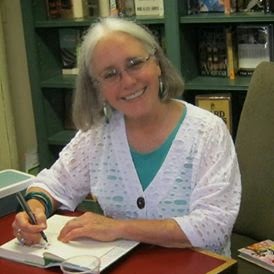 A heck of a lot shorter, for one thing!
A heck of a lot shorter, for one thing!When I had two-thirds of a novel in the drawer twenty years ago and then
reentered the paid work force while raising two sons, there was no way I could
carry the plot and characters of a book around in my head and fit them into the
tiny snatches of time I had available to writer. But I could manage a short
story, and wrote nearly a dozen, five of which were eventually published in
juried anthologies. Short stories are simpler. They’re not necessarily easier,
but they don’t take as much time or brain space to complete.
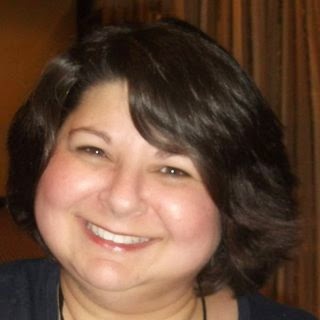 For me, writing a novel is like the
For me, writing a novel is like thelong con. I start in one place, and I know that eventually I’ll bring the
reader to another place. But in the middle there will be detours and red
herrings and subplots. I want to keep readers from seeing where we’re going. I
want to fool them. To surprise them. I might set something up in chapter two
that will pay benefits three hundred pages later. That’s the long con.
for the long con. I’m writing the equivalent of a bank robbery. I get in, get
the cash, and get out. No detours. No subplots. It’s a quick ride. Sure, short
stories and novels both should have a great beginning and ending and hopefully
a surprise or two, but the way I approach the middle is different.
 Each time I’ve tried to write a full
Each time I’ve tried to write a fullnovel, I’ve struggled with structure and pacing to the point that the results
have always been bumpy at best, dismal at worst—and none of them has seen the
light of day. With my upcoming novel-in-stories, On the Road with Del and
Louise (coming out this September from Henery Press), I’ve tried to
capitalize on what I think I do well: manage the narrative arc—the structure
and pacing—of a short story, and link those stories together in contribution to
a larger narrative arc featuring the bigger story of these characters. To some
degree, I think I just understand short stories better, for better or worse.
writers?
story there is no room for subplots, information dumps, or complicated
relationships. I’d say limit the number of characters, but that would be a tad
hypocritical since I’ve never managed to follow that piece of advice myself.
first draft done and let it stew for a while. Then work to eliminate everything
unnecessary, whether a description that doesn’t move the story forward or a character
you can do without. And then work it over again, polishing, trimming. I’ve seen
a couple of beginning writers dash off a short and send it in (well, I did the
same myself when I was starting out) when it wasn’t quite ready.
Read, read, read. It gets your brain moving. It teaches you technique, even if
you don’t realize it as it’s happening. It helps you learn what works and what
doesn’t.
mind: (1) Everything in the story should move the plot forward. If a scene or
character can come out without affecting the plot, it doesn’t belong in the
story. (2) But don’t make your plot move so quickly that your main character
doesn’t have the time to react to what’s happening. Reactions are interesting.
They bring the character to life and add richness to the story. So show us her
thoughts, and then move that plot along.
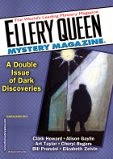 Write the biggest story you can and
Write the biggest story you can andthen cut and fold, cut and fold, cut and fold until the only words left are
those that are key to the story—that’s the ideal for me, even I personally feel
like I’m always falling short of that goal. The novelist’s art strikes
me generally as one of accumulation, where the short story writer should
ideally focus on subtraction—the most effect in the fewest words—and training
yourself to see where to cut and combine and condense is a challenge. Beyond
that, read widely in the short story form. There are so so many great
short story writers out there, each of them with different stylistic and
structural approaches, and there’s so much to learn from them and then maybe
apply in your own way to your own craft.
you prefer, your protagonist, a character from your story, or your spouse)
wear? [This is, after all, The Stiletto Gang!]
year—black SAS sandals with one-inch heels. Definitely no stilettos. I have
trouble enough walking in the sandals. By rights I should be wearing old-lady-with-arthritis
orthopedic lace-ups!
conventional. I’m trying to come up with a pair of party shoes that aren’t
either stilettos or some version of little-girl shoes. I have short wide feet
and refuse to wear heels, so it isn’t easy! You’re going to have to wait and
see what I find. Maybe we can do a follow up post with a picture of all our
Agatha banquet shoes…
wanted to share it. I’ll see if I can get shots of the shoes actually worn at
the banquet!—Paula]
Agatha-nominated story “The Shadow Knows,” wouldn’t go to a banquet. It’s way
too fancy for him. But if he were forced, Gus would wear plain, comfortable
shoes. I’m similar in that respect. My shoes will be black and nearly flat and
above all else, comfortable. I want to enjoy the evening, which means doing
what I can to avoid aching feet.
I regularly want to wear (khaki green panel over off-white), but my wife Tara
says they don’t ever match what I put them with, so…. We’ll see if I can ever
come up with a good combination! [Here are Art’s shoes for your viewing pleasure!—Paula]

